ASTM B117 is a salt spray test used to provide information on the relative corrosion resistance of metal and coated metal samples exposed to standardized corrosive environments. is a very popular corrosion test and the ASTM B117 test standard has also been approved for use by Department of Defense agencies.
If you want to learn about ASTM B117 Salt Fog Testing then our guide is for you. It covers everything you need to know about ASTM B117 Salt Fog Testing in terms of its uses, test methods, factors to consider, and more. Here you’ll find all the information you need – let’s get started:
1. ASTM B117 Purpose and Considerations
ASTM B117 is not a test specification per se, according to ASTM International. Instead, it outlines standard practices for operating salt spray (fog) equipment. ASTM B117 is a document that establishes operating parameters and requirements for salt spray test chambers. It details how to create and maintain a salt spray test environment so that consistent results can be obtained from room to room in different laboratories.
Additionally, ASTM B117 does not specify any information regarding the type, size, shape, or exposure time of test specimens for use with a particular product, nor does it impose any requirements or guidance on the interpretation of results.
In addition to being used in many industries, ASTM B117 is also used in:
- Automotive (eg: SAE J14563, GM 4298P…)
- Paints and coatings
- Aerospace
- Military (MIL-STD-810)
- Metal manufacturing industry
For example, I have a friend who is a medal manufacturer. The medals he produces are also made of metal, so he chooses metals that have been salt spray tested. This ensures safe use for the customer.
(Another Related Article: Environmental Test 101: A Full Guide)
2. Why should you consider running the ASTM B117 test?
- Compare the corrosion resistance of various metals or finishes
- Determination of corrosion tendency of metal or coating surface when scratched (simultaneously execute ASTM B117 + ASTM D1654)
- Measure coating adhesion and corrosion creep (execute ASTM B117+ ASTM D3359 simultaneously)
- Best for evaluating corrosion resistance in marine environments (humidity, temperature, salt spray)
(Another Related Article: UV Testing 101: An Ultimate Guide)
3. What results can be obtained from the B117 salt spray test?
Performing a visual inspection after B117 corrosion exposure allows you to determine the resistance of coatings, paints, and metals to corrosion.
By adding ASTM D3359 (Tape Adhesion), you can get an idea of how well the coating adheres to the metal and how well corrosion will spread. By adding ASTM D1654 (dash).
You can see how corrosion progresses from scratch through the paint or coating to the underlying metal.
You should understand that correlating ASTM B117 corrosion results from exposure to real-world conditions is also not part of this test standard and is difficult to predict.
(Another Related Article: ASTM Test 101: A Full Guide)
4. When is ASTM B117 not recommended?
If your product uses decorative chrome plates (nickel-chromium) on steel, zinc die casting, or cadmium plate on steel, you should not use ASTM B117 as a corrosion test standard. Instead, use ASTM B368, and Practice G85 for these materials.
5. What are the general conditions and most prevalent exposure durations for ASTM B117?
According to research studies, ASTM B117 is performed in a dedicated chamber built to ASTM B117 specifications. The temperature was maintained at 35°C (+1.1°C to 1.7°C), the pH range was 6.5 to 7.2pH, and the salt atmosphere was 5 parts NaCl and 95 parts ASTM D1193 Type IV water, introduced into the test chamber under specific air pressure guidance.
Also, ASTM B117 does not specify exposure times. The standard requires exposure to take place within 24 hours. The most popular durations are:
- 96-hour exposure
- 240 hours exposure
- 600 hours exposure
(Another Related Article: Xenon Arc Chamber Vs QUV Tester: What’s the Difference?)
6. Typical Experimental Parameters for ASTM B117 Testing
In order to perform a proper ASTM B117 salt spray test, we need to confirm many parameters with you. These include:
- Usually 1 specimen/product (to be confirmed)
- Sample Size: 3” X 6” (Typical flat sample. 3D samples can also be tested. Please specify size)
- Exposure time: hours
- Optional sample preparation to specify:
- Clean
- Scribe (ASTM D1654 or other)
- Protection when edges are exposed
- Orientation (specify if required): Depending on the principal surface to be tested, samples should be supported or suspended at an angle of 15 to 30 degrees from perfect vertical, preferably parallel to the principal direction of spray flow through the chamber. The sample should be supported by its bottom or sides.
- Visual inspection (if specified, specify time interval)
- Evaluation after the test: You may need to perform an interval/post-test evaluation of the sample.
(Another Related Article: Thermal Shock vs Thermal Cycling Test: What’s the Difference?)
7. Most requested test methods
- ASTM D610: Rust on Painted Metals
- ASTM D714: Blistering on Painted Metal
- ASTM D1654: Rust Creep (Final Inspection)
- ASTM D3359: Tape Adhesion
- ASTM D3363: Coating Hardness
- and many others…
(Another Related Article: Incline Impact Test 101: An Ultimate Guide)
8. Other points you need to consider when specifying ASTM B117
- How many units to test? B117 strongly recommends testing multiple samples at one time to help determine variability in results.
- Product positioning: How do you want your test samples to be positioned indoors?
- Examination and photographs: pre-exposure and post-exposure, or at any specified duration during the test. Many customers want to take pictures or end the test at the first sign of corrosion.
- Cleaning after testing: B117 allows “gentle cleaning in running water not exceeding 38C” – Most customers would like us to wash parts after testing and before returning them to the customer.
9. ASTM B117 Testing – Frequently Asked Questions
Below are some frequently asked questions about ASTM B117 testing that we have compiled for you.
1) What information do I need to provide to the laboratory?
Before we can set up a custom test for you, we need to know how many test samples (usually 1) of each product/material you wish to test, sample size, duration of exposure, sample preparation and cleaning requirements, sample orientation, visual inspection, time intervals, and post-test evaluation. We will further guide you through this process when you contact us.
2) What size sample should I use?
Sample sizes vary widely, depending on the application. It can range from tiny screws or band charms to large subassemblies like a truck radiator with support brackets. You want to make sure that you are testing a sample that is representative of life.
3) Is ASTM B117 the only corrosion test available?
ASTM B117 was the world’s first recognized test method, published in 1939. A more sophisticated technique has since been developed, ASTM G85 – Standard Practice for Modified Salt Spray Testing. There are actually five different corrosive atmospheres involved in this practice:
- Acetate salt spray test (commonly used for decorative chrome plating on steel)
- Cyclic acidification salt spray test (peeling test of some aluminum alloys)
- Acidified synthetic seawater fog test (commonly used to test aluminum alloys)
- Salt/SO2 Spray Test (Exfoliation Corrosion/Intergranular Corrosion)
- Dilute Electrolyte Circulating Fog Test (Evaluation of Industrial Protective Coatings)
Salt spray exposure and sun aging are combined in ASTM D5894.
SAE J2334 is somewhat similar to the ASTM G-85 cycle but with different electrolyte solutions
GM 9540 Cyclic Corrosion Test, somewhat similar to SAE J2334
(Another Related Article: Temperature and Humidity Test 101: An Ultimate Guide)
10. Contact us about your ASTM B117 testing requirements
If you have any questions about ASTM B117 testing, we invite you to contact our Linkotest materials testing laboratory today. We are happy to answer your questions and assist you with your custom material testing requirements.


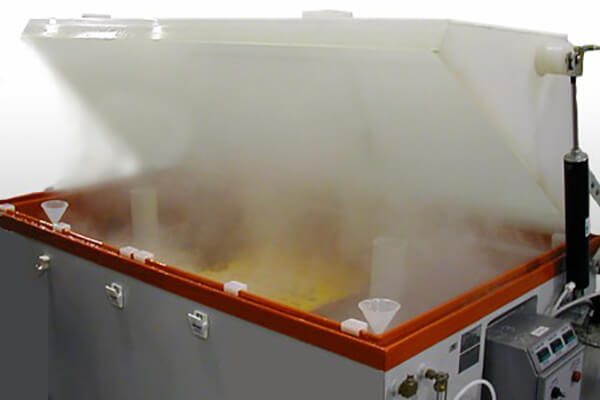
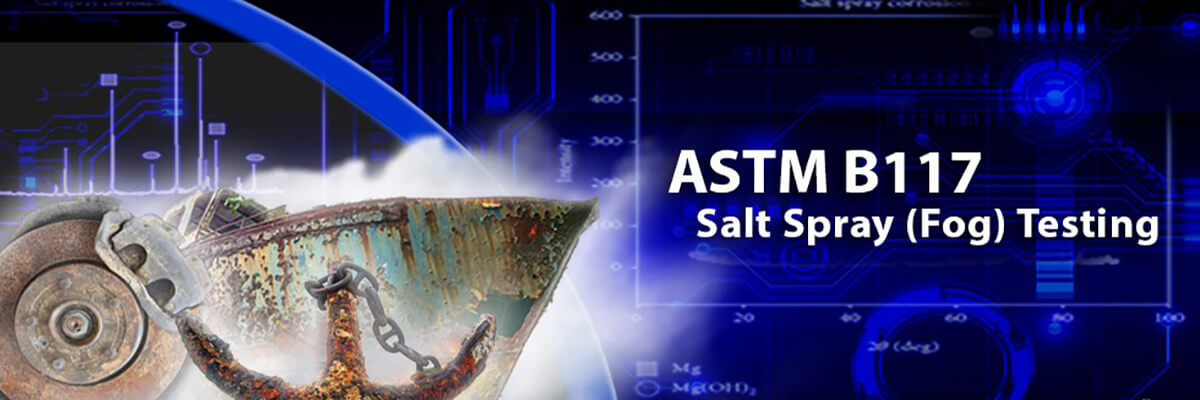
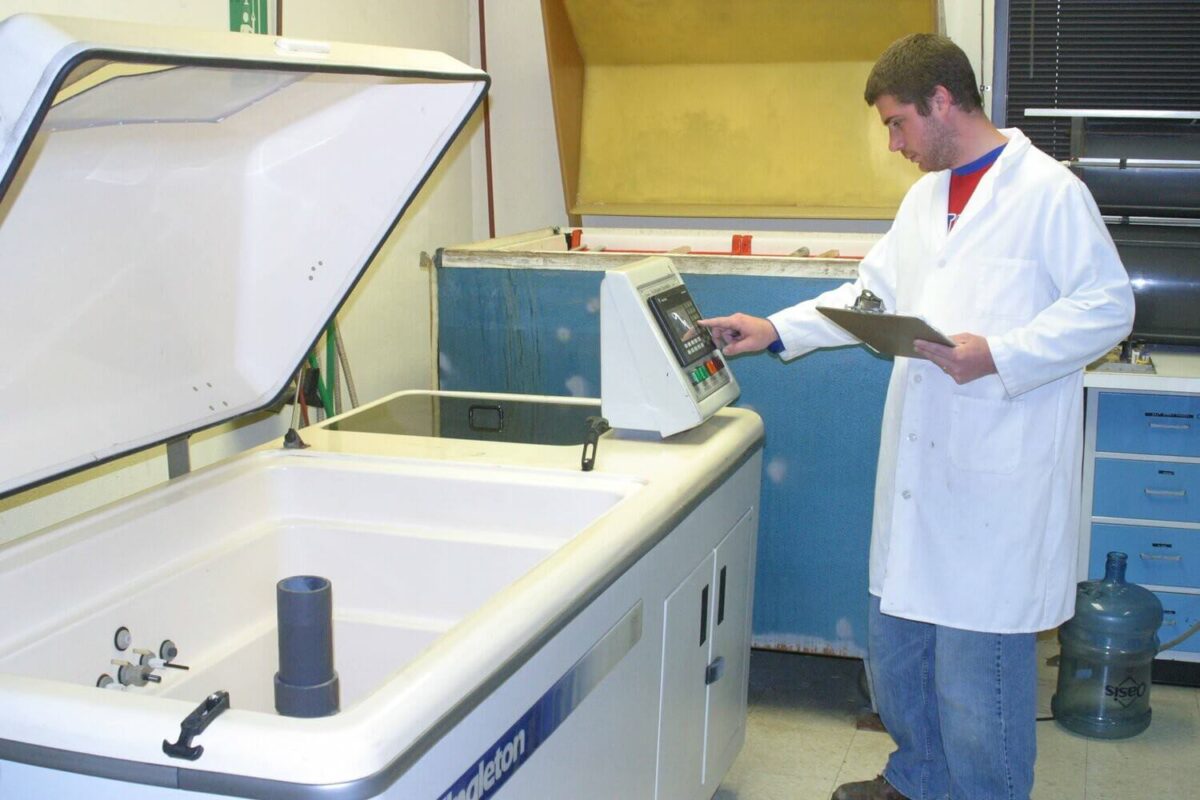
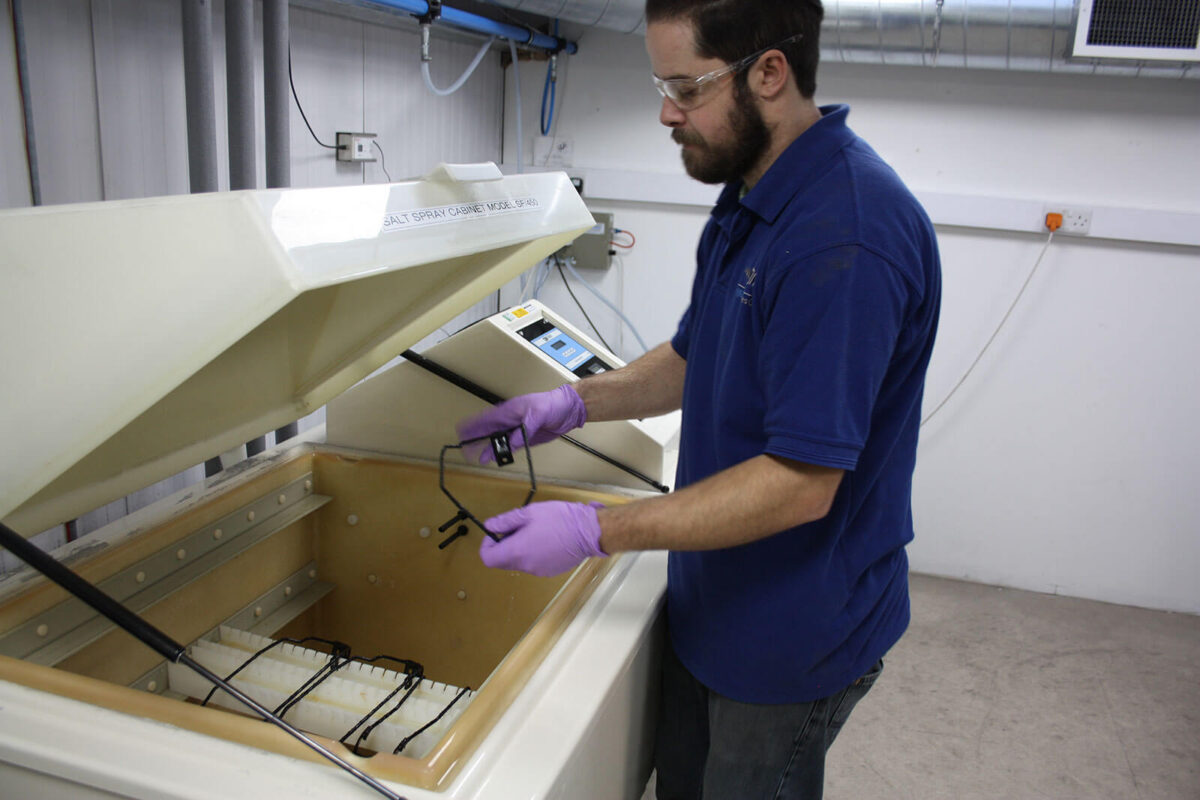
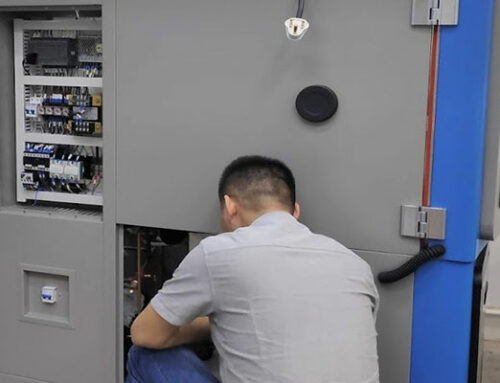


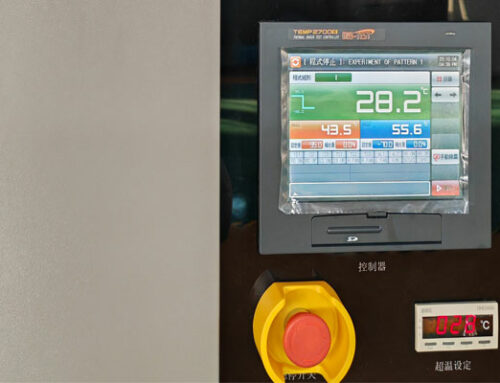
Leave A Comment